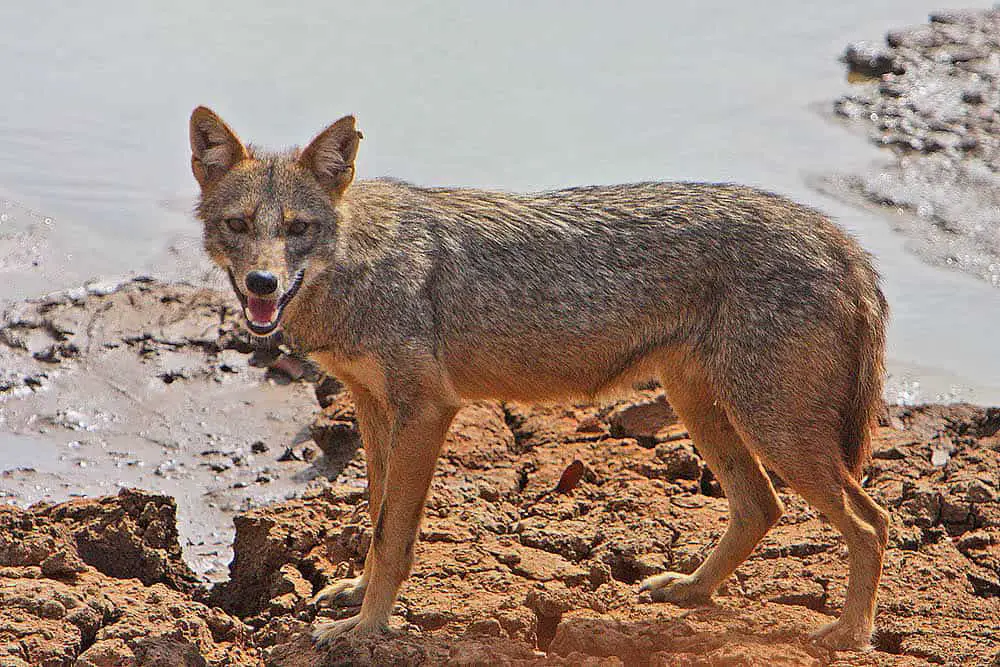Table of Contents
*This post may contain affiliate links. As an Amazon Associate we earn from qualifying purchases.
There are many animal species in the world and they are all interesting. Oftentimes, you may note that animals that exist on the opposite side of the planet are from the same family, as even those you know quite well. For example, like a household pet or dog.
Today, we will be looking at one such, the jackal animal.
They are often found on the continents of Europe, Asia and Africa.
Interesting Facts about the Jackal
For one they are not a large breed animal. They are considered to be of medium-sized and some are smaller. In Swahili, they are called a ‘Bweha.’
Generally, there are three types of jackals. These include:
- Canis mesomelas or Black-backed Jackal
- Canis adustus or Side-striped Jackal
- Canis aureus or Common Jackal
- Oriental Jackals
- Asiatic Jackals
- Golden Jackals
Just as how coyotes are a common breed of animal in the United States and North America, at large, so too is the jackal a common sight in Africa.
The Jackal Animal Description
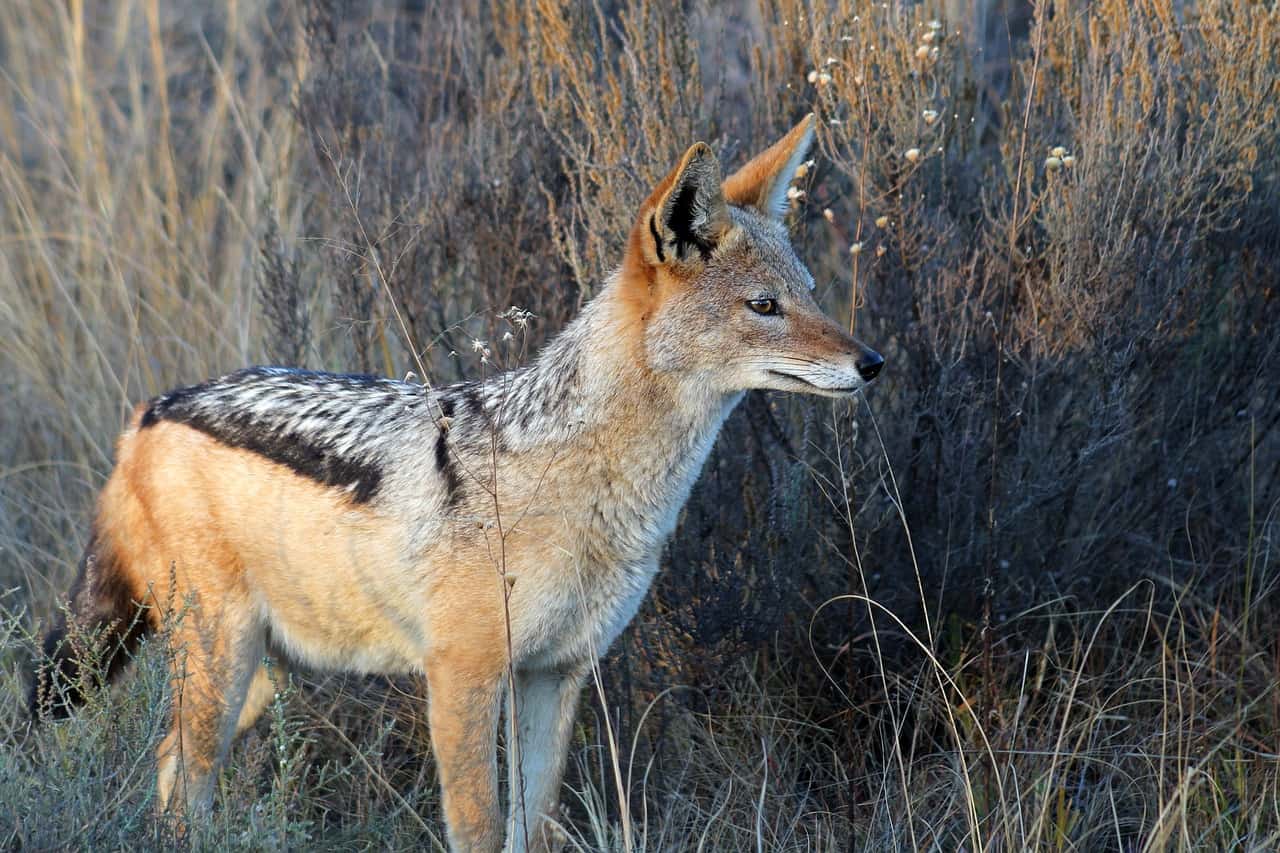
Image by : gexters
The three main types of jackals differ in sizes. But, on average, they weigh 15 to 35 pounds and are 70 to 86 centimeters in length. They also get up to 15 – 20 inches high.
A jackal looks similar to your household pet, the dog.
They are great t running for long distance and they maintain a speed of about 10 miles an hour. Their feet have adapted to covering these distances. It has fused leg bones and big feet.
You will find that the Black-backed and the Common Jackals tails are black tipped.
However, the Side-striped has a white tipped tail. It also has white stripes, which run down the length of its body, on its side. Its overall appearance seems duller than the other jackals.
Also, have a sandier colored coat. They are also much heavier and shorter in appearance.
But, the Black-backed Jackal has a rusty colored frame, with silver and black mantle stripes. It stands out and this type of jackal I also more slender with larger eyes
The Habitat of the Jackal
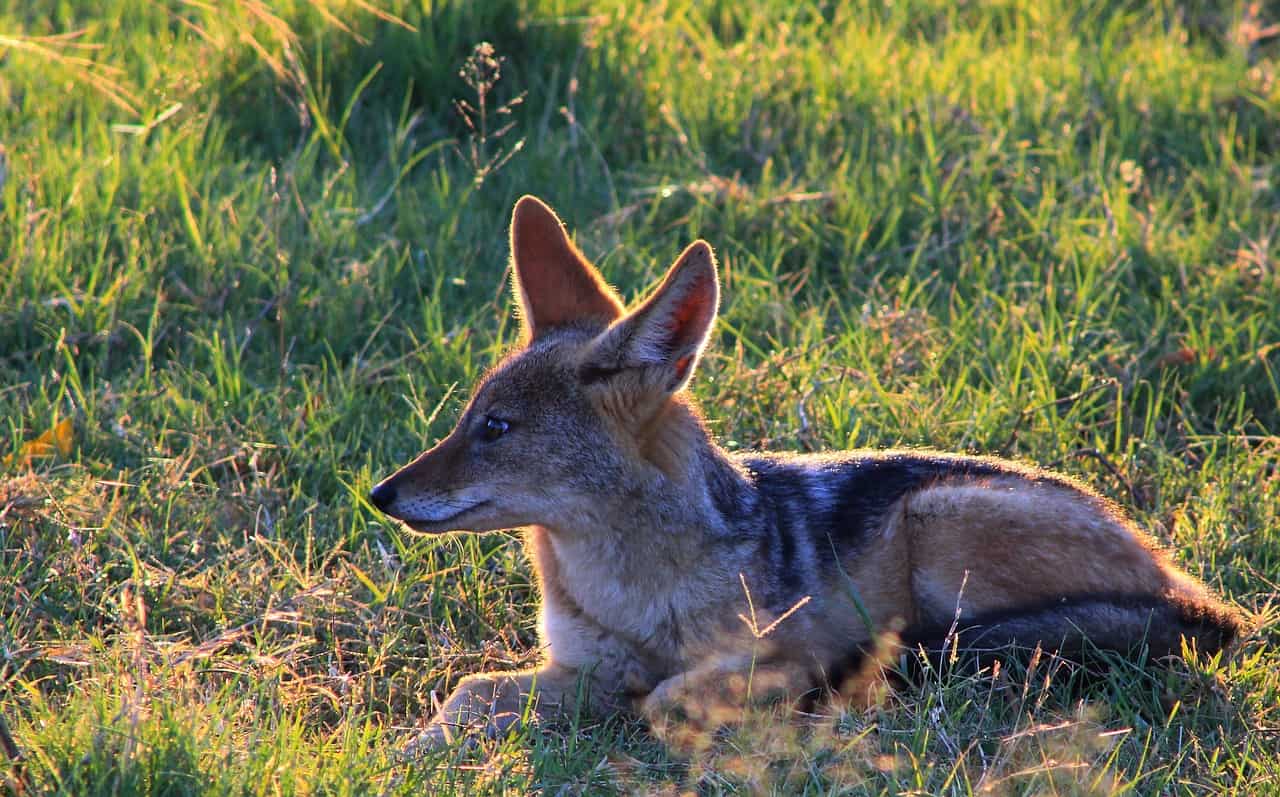
Image by : Beesmurf
You will find that this animal prefers to live in the wooded savannas, grassy plains and deserts of the continent on which it resides. Each species has a particular preference.
For example, you will find the Side-striped Jackal in mountains bushland and marshes.
On the other hand, the Black-backed Jackal prefers savannas and woodlands. While the Common Jackal can be found in semi-arid deserts, steppes and deserts.
The Food Preference of the Jackal
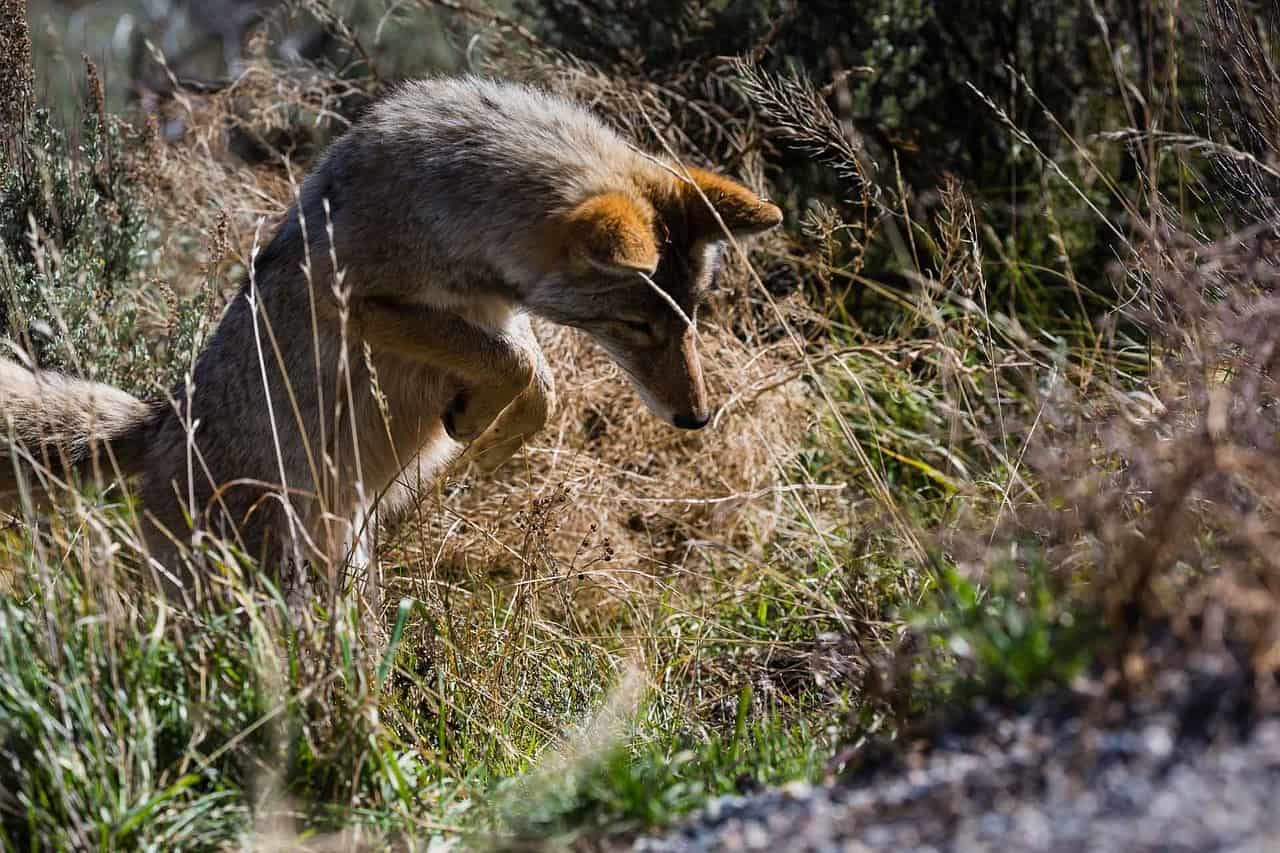
Image by : StockSnap
These nocturnal creatures are omnivorous scavengers. You can consider them good hunters because of their curved canine teeth and long legs. They feed on reptiles, amphibians, birds and small mammals.
These smaller sources of food are much easier because they take them out by just biting them on back of the neck. Sometimes, you will see them shake their prey that way as well.
However, when it comes to bigger prey like will hunt with another of its kind. This makes it more likely for them to be able to take down livestock, gazelles and antelopes.
But they do scavenge for carcass as well. Fruits, vegetation and insects are sometimes included in their diet.
If they realize that another animal is in its territory or approaching its meal, they will bury the carcass until later.
On the flipside, the jackal is preyed upon by three other predators. These include the hyena, the leopard and eagles. Eagles have a taste for newborn jackal pups.
The Behavior Pattern of Most Jackal Animals
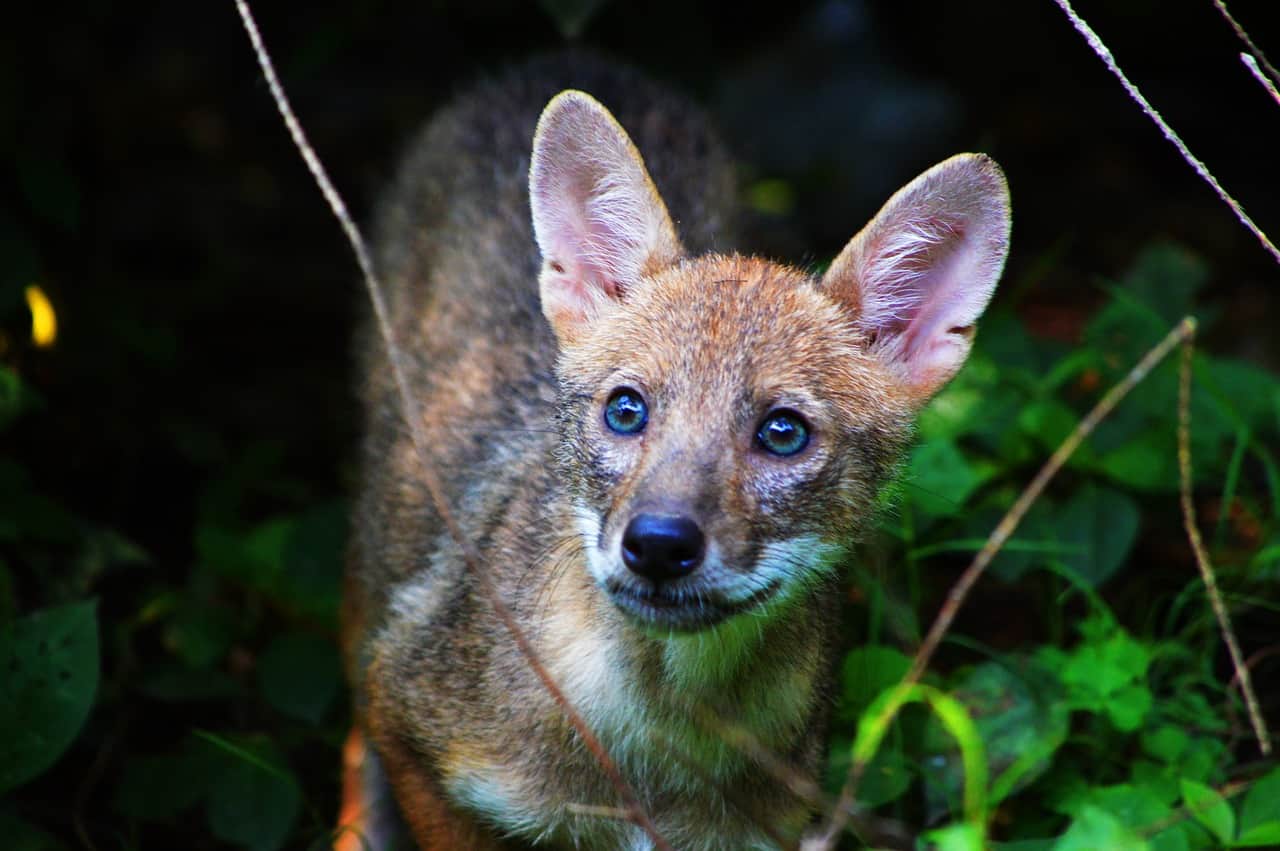
Image by : Soumyabrata
When a jackal finds a mate, their relationship tends to be of a monogamous nature. And they are especially fierce when it comes to protecting their territory. However, there are instances when young adults still roam the lands of their parent’s territory, until they have secured one of their own.
Boundaries are generally demarcated by the scent of both males and females.
Animals are nocturnal and they roam more during the night. But, you will more than likely see the diurnal Black-backed Jackal.
For the most part, these animals adapt really well. They adjust to changes in their environment with little trouble.
They make a habit of moving through and checking their territory. When you see these animals trotting, sniffing and smelling what is around them, they are ensuring no other jackal is trespassing in their territory. And yes, they are checking for food as well.
The Communication of Jackals
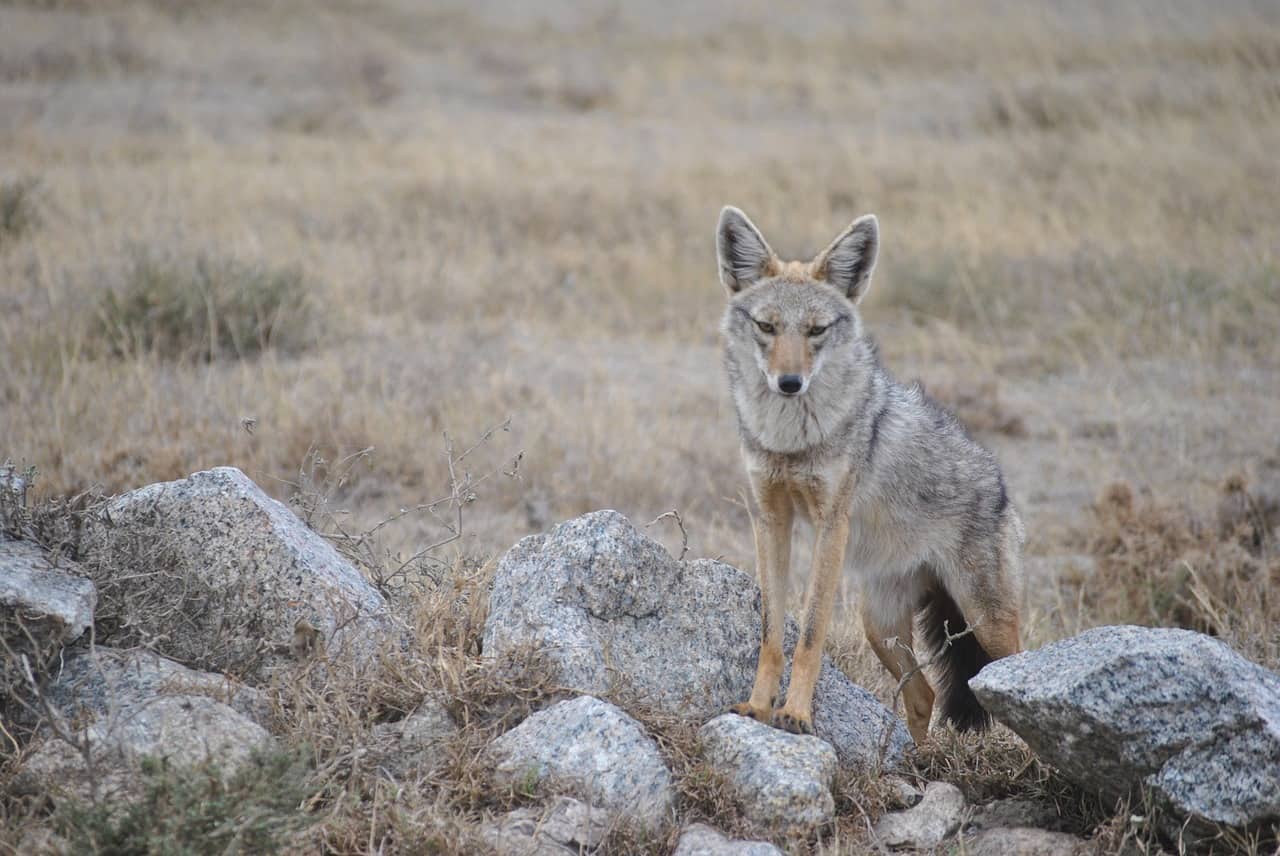
Image by : nike159
If they come upon prey, they can get quite vocal, more so than normal. They use high-pitched howls, growls and noisy yaps. Even when they communicate with each other, they are very vocal.
If you are not a part of their family, a jackal will ignore your attempts to communicate with it.
There is one special jackal, which has a call that mimics the hoot of an owl. This is the Side-striped Jackal.
The Reproduction of Jackals
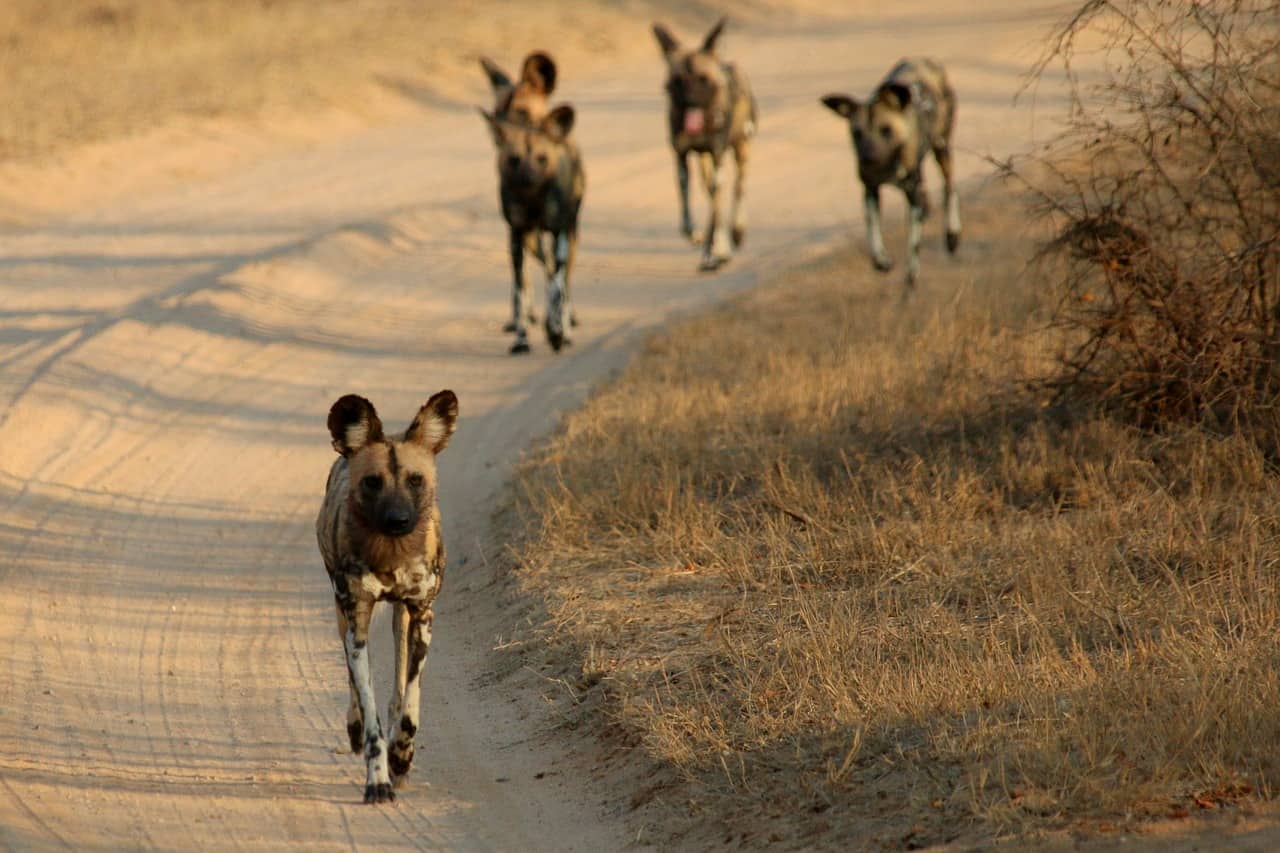
Image by : WiseTraveller
There are no relationship issues among the jackal animal clan because they mate for life. These predators find a mate and stick with them for life.
Within two months, a female can give birth to three to six pups, once she has mated.
These young pups tend to weigh about 200 to 250 grams when they are born.
The first two weeks are critical for them because they cannot see. After that time, they will be able to move around somewhat on their home in the thicket.
But, their parents provide regurgitated food. After four months, they are weaned. Jackals mature relatively quickly, within a year or two. By then, they branch out and start their own families.
The little pups stick to the safety of the ticket, though their parents move them around often. This helps to outsmart any predator that might be lurking afoot.
Once their eyes open, they become very playful with their siblings and start to learn hunting tactics from their parents.
They pick up how to mark and watch their territory.
When you watch them play, as pups, they appear clumsy as they are in the beginning phases of developing much-needed skills to make them successful at hunting throughout life.
They run and bump into each other and stumble as they bite, paw and wrestle.
But as they get bigger and stronger, they get better at pouncing, wrestling and ambushing. There is lots of fun to be had when you are chasing your siblings around and playing tug of war.
The Young Jackal Animal Must Branch Out
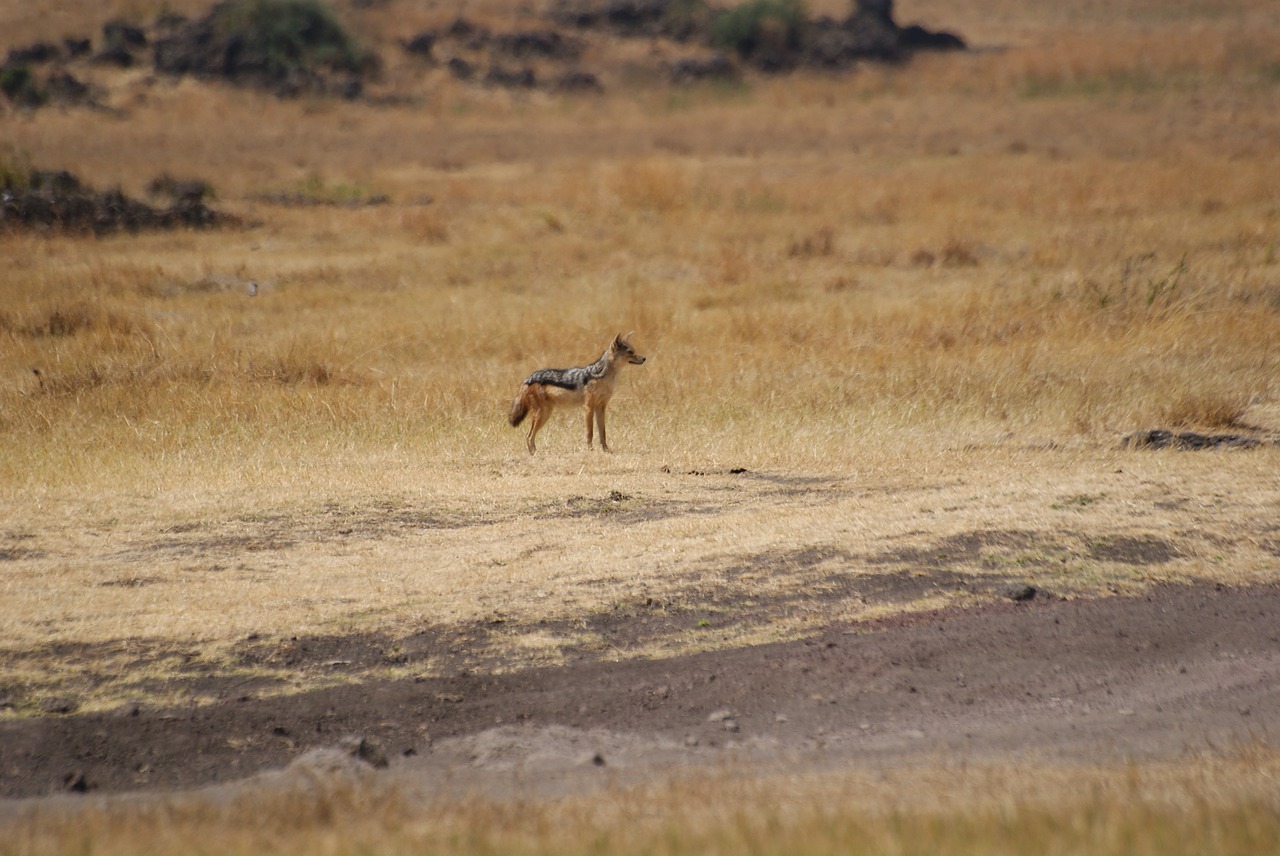
Image by : sweetjane03
Though they are fiercely protected by their parents, these animals must leave home at some point. They tend to do so around eight months.
By then, they venture out to seek new territory.
But these animals know how to support each other. When it is needed, they help to keep watch over their parent’s newborns. This sometimes means leaving their territory for a while.
This is one of the best strategies, which they employ, for when it comes to protecting the young, the strength of their pack and helping the little ones to survive.
Overall, a jackal lives for upwards of twelve years.
Just as we have the things that we say to our family members and they understand. The Jackal has a particular yipping sound. Generally, this is only understood by members of their own family.
Take a Safari and Check out the Jackal
Some of the people who travel to Africa, on vacation, like to take safaris. It is a great way to check out the wildlife and experience the land.
You tend to see animals in the wild and it can be an awe-inspiring experience.
There are many animals to view, but the jackal is special as well.
If you go out on safari, the best time to see them is at night. Because remember they are mostly nocturnal. In Uganda, the Karamajong people call the Side-striped jackals “o loo” because they hoot like owls.
They are opportunists as well. So be safe when you venture out on your trip. Keep all limbs in the vehicle and listen to your guide as you learn and experience this jackal animal.
Enjoy the moment and the wonderous world and existence of the jackal.
Focus Keyword(s): jackal animal

